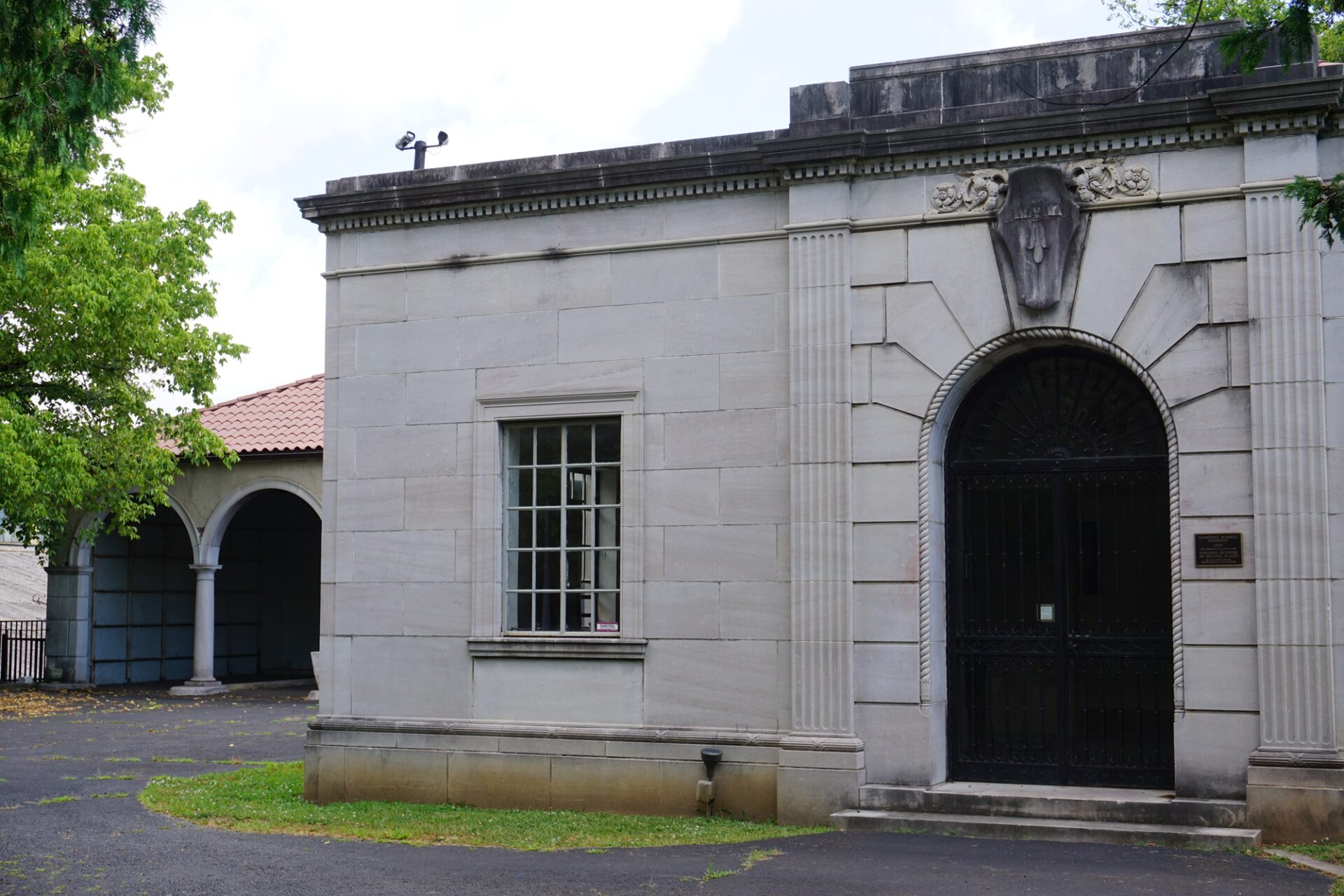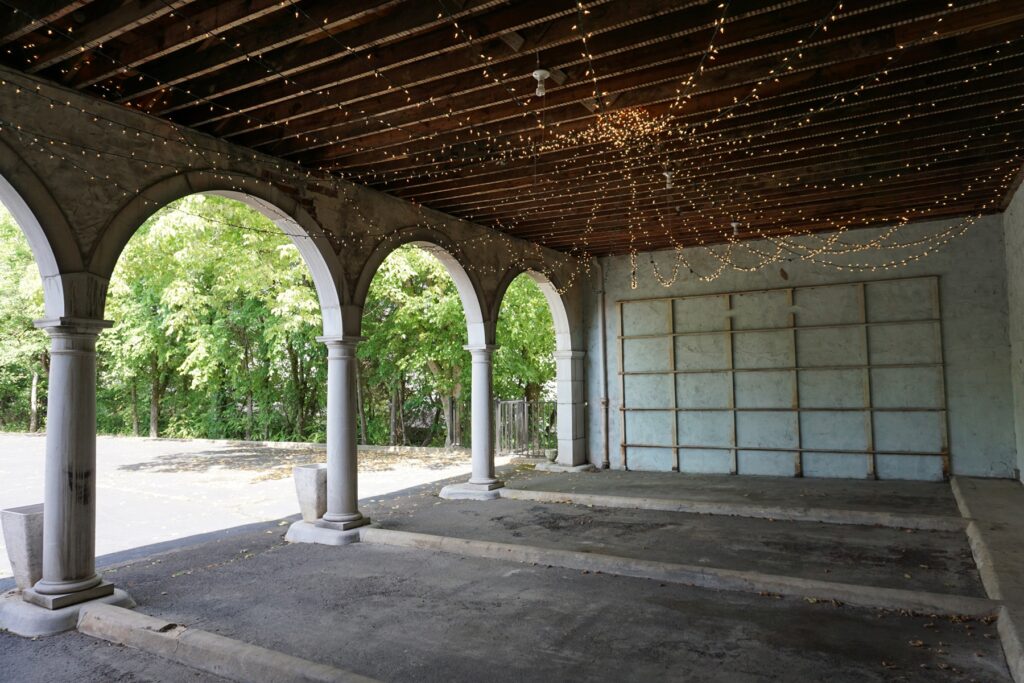Candoro Marble

The Candoro Marble Building in South Knoxville was built in 1923 to serve as the headquarters for the Candoro Marble Company. Designed by Knoxville architect Charles Barber, it stands as a fine example of the Beaux-Arts architectural style.
Candoro is particularly noteworthy for the talented marble sculptor Albert Milani (1892-1977) who grew up near the famous Carerra marble quarries in Italy and was one of several Italian stonecutters who moved to Knoxville to work for Knoxville’s marble industry. He arrived in Knoxville around 1910 with 25 cents in his pocket and later was hired by the Candoro Marble Company to serve as foreman until his retirement in the late 1960s. Examples of his work in this building include the “delicate ribbons carved into the bases of columns and the bold shield above the main entrance.”
Milani’s work can be seen at the Knoxville Museum of Art, on the 1912 Holston Building on Gay Street and most notably in the four Art-Deco-style marble eagles that adorn the pediment of the 1934 Tennessee Supreme Court building/Downtown Post Office building on Main Street at Walnut Street. Many of his sculptures were produced in his own home studio on Sutherland Avenue.
However, one of Mlani’s most unusual commissions was a memorial to Knoxville-born racing car driver, Albert Jacob “Pete” Kreis, which can be found at Asbury Cemetery in the eastern part of Knox County. Kreis was killed on a practice lap at the Indianapolis Motor Speedway in 1934. The sculpture was recognized as the Most Outstanding Memorial by the New York Times.
The Candoro Marble building also features work by other artists, including Ukrainian-born Samuel Yellin (1885-1940), a master American blacksmith (and on the Tennessee General Building downtown at W. Church Avenue and Market Street, and Alumni Memorial Hall on UT campus), and interior wall painting by Hugh Tyler (1885-1976), who was an uncle to Pulitzer-Prize winning author James Agee.
Candoro Marble was restored by Aslan Foundation in 2021. Learn more about this cultural center, including programs and events, and virtual tours of the building at candoromarblebuilding.org

Tennessee marble, perhaps Knoxville’s most famous natural resource, has been quarried and carved for use in numerous buildings and monuments, locally and nationally. With abundant quarries in operation surrounding Knoxville, it is no wonder that the city earned the name “Marble City” in the late 1880s.
Learn more about Knoxville and the Tennessee marble, explore these links: The Marble City and the Tennessee Marble Industry.






